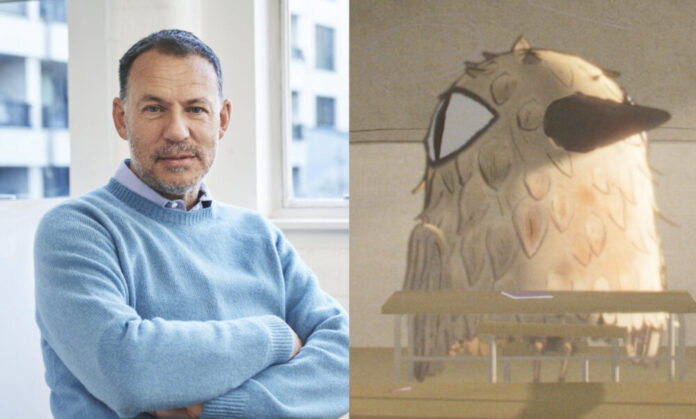The joys and pangs of first love have inspired numerous works of art through the years. Director Andrew Ruhemann’s gently observed new short The Day I Became a Bird ranks among one of the more subtle animated works inspired by the theme, which also reflects upon our relationship with the natural world.
Ruhemann, who is the founder of the acclaimed animation company Passion Pictures, won an Oscar for his short The Lost Thing in 2011 and an Emmy earlier this year for the popular “Ice” episode of Love, Death + Robots. In a recent email interview, he talks about his career, the joys of birdwatching, and why he was drawn to Ingrid Chabbert and Raul Nieto Guridi’s book, which inspired the short:
Animag: Congrats on your lovely new short. Can you tell us how you discovered the book by writer Chabbert and Guridi?
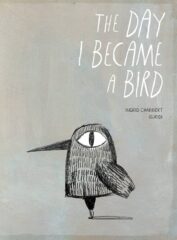
Andrew Ruhemann: Firstly, I was actively looking for something to do. I hadn’t directed something for 10 years since The Lost Thing, which I had originally found at the Bologna Book Fair. So I thought, OK, well, why don’t I just see if a rainbow can hit in the same place twice? So I went back to Bologna. And it wasn’t quite as easy as with The Lost Thing, that really was pretty much the first thing I saw. With this, it was on the last day. I was traveling with a producer I was working with. And they drew my attention to this lovely hardback book called The Day I Became a Bird.
Just the illustration on the front cover was enough to draw my interest. But also, I’m a big one for titles. And there was just something rather captivating about The Day I Became a Bird.
It was an intriguing notion. And the little illustration that went with it, I wanted to know what might drive somebody to want to be a bird. Plus, I’m a mad bird enthusiast. I do like to go bird watching, and so that added to the appeal.
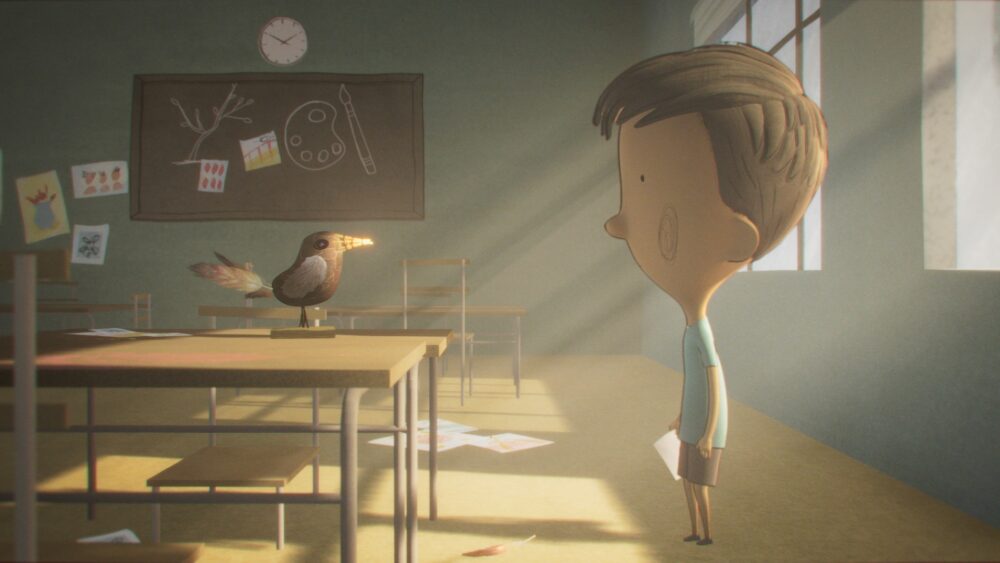
So, how did it feel to be directing animated shorts again?
It felt really good. I’ve been a bit frustrated because it’s the story of my professional career, where I get a little creative moment where I can go into that zone. And it’s a very different part of my head And being from the other role that I have to play here, which is helping run the company, which is more of a business kind of head. Or even when I’m producing, it’s a little bit more of a business head. So it was lovely to get that space to do that and be back in the directing chair.
Can you tell us about your experience working with Unreal and what you love best about using that particular technology?
I think, yeah, in terms of working with Unreal, it was new for a lot of us. But I think as a director, I’m used to working with animation So I know things take time. And trying to make changes, they’re very rarely immediate. But there is something about Unreal that lets you get a little bit closer to a live action experience. And maybe in some places, it can respond even faster than live action, where you can make alterations or you can visualize things very, very quickly. It’s an extraordinary program. Incredibly powerful, it’s an extraordinary engine.
The fact that it can process things so quickly. And I think we really exploited that to the best of its ability. I think we surprised people and ourselves by how sensitive and craft-like the imagery could be on something that really you’d associate much more with game imagery and hyper-real stuff. And here is this really lovely illustrative style. It was amazing how Unreal took to that and was able to cope.
How was working on this short different from working on The Lost Thing?
Working on this film was different largely because, for all kinds of reasons, The Lost Thing I co-directed with the author of the book, Shaun Tan. So it’s a very different experience from co-directing…I’m not saying I didn’t have a lot of help from my team, and particularly from Alan Barillaro, a magnificent director in his own right, who’s an animation director and a sort of confidant throughout. But ultimately, the buck was stopping with me in terms of shot selection and storytelling.
So, that was actually something I enjoyed, not having to run that through anybody else, even though at times that felt like a lot of pressure. But the nice thing was I could rely on a really, really talented team to help me out. It was a very collaborative process, I think. So that was probably the main difference. The other big difference was we actually made it here in this studio with a very strong producer, David Park, who has a Features background. So it was interesting having a very sort of tight production right on my doorstep somewhere, as opposed to in Australia. I was here and Lost Thing was mainly made in Australia, so I was doing a lot of it virtually.
Watch the trailer for The Lost Thing below:
Was there any difference in the time it took to actually make the two different films?
It was probably pretty similar in terms of timing. The difficult thing is getting the thing moving. You know, it’s getting something off the ground. You know, short films are not funded easily. So here we were lucky to have money from Epic, a mega grant from Epic, which without which it would have been really hard to make this at all. I have to say, they were brilliant throughout and gave us a lot of support, particularly Karen Dufilho.It was pretty similar, a year and a half of full on production. The difficult bit was getting it up and running, really.
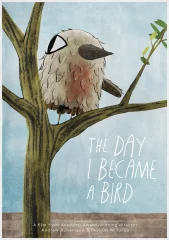
The toughest aspect of this, for me, of directing The Day I Became a Bird, was the storytelling, really, to get the storytelling right. And when I say right, there were some sort of traps that I was very concerned not to fall into.
There were things I was very concerned about. And that was, it could easily have turned into a very simple, almost preschool girl meets boy story. And it was never that for me. It was something much deeper. It was about transformation. It’s a kid, a young boy, just getting a sense of something other in this world, something beyond that this girl represents. And him being able to touch that was inspired by my son, really, of sort of what I might wish for him in a world of TikTok and mobile phones and social media, where nature is a place to sort of breathe and have a sense of magic and mystery and poetry that nature can provide. And in this case, particularly the birds. You know, they’re like the sort of the bridge to this other world. So it was very important I hit that tone.
And it was also important that I got the drama right, because in both films, Lost Thing and this have a very small kind of arc compared to, you know, your big action movies or, you know, it’s how much actually happens. You know, there’s an awful lot happening in both of those films, but it doesn’t necessarily appear so, you know. And so I needed to get that balance right too. So that was the hardest thing. And there were a few times where I literally had to halt production and rejig it because it was falling on the wrong side of that.
In addition to the stunning visuals, the aural landscape of the short, it leaves a big impression. Can you discuss how the amazing bird song and the subtle music choices helped with all of that?
I think in terms of the soundscape and all of that, and thanks for the kind words, I think it was critical that I wanted the sound to match the transformation of the boy. So the way we built it, it’s not something you would go, oh, I spotted that, but it might be something that hopefully you sense, is that sort of as the boy gains entry into this other world, the soundscape is actually changing. So you are hearing more and more of the birds as the film progresses, just like he is. It’s not in his vocabulary when he starts, you know, you wouldn’t notice it. And I think that’s a very true thing, is speaking as somebody who’s become a great nature lover through my life.
Even having made this film, I notice bird song more, no matter where I am. You know, if it’s competing for building works in London, I’ll pick out the bird song and find refuge in it. So the soundscape needed to match that. And I was lucky to work with a very good friend of mine, who’s, I think, a genius composer, called Mara Carlyle and her partner on this, Max de Wardener. And they just got it, you know, and right from the beginning, they got it.
I think also to the other point in one of the earlier questions, I wanted a sophistication to the soundscape that belied the imagery, because the imagery is very, very simple. The music and the soundscape is not. It’s quite sophisticated. And there’s a sort of an electronic soundscape imagery that gives it a sort of depth that I think is essential, really, to hitting the right tone for the film.
Growing up, which animated shows or films or shorts left the biggest impression on you?
Well, growing up, I’m still growing up! So, you know, that covers a wide area. Because I came to animation, you know, it’s not like I was sort of born with a passion for animation. I was inspired, like lots of us were, I think, of my generation. You know, the big Disney films. 101 Dalmatians was a big favorite of mine. Anything by UPA, I love, because it’s a sort of, it’s a radical game changer of a studio that was taking on the status quo.
I love little shorts like Brad Bird’s Family Dog, which is sort of undersung, but is a near perfect short film. Also, Tim Burton’s little horror film Vincent.
A lot to thank Richard Williams for, a lot to thank another great animation director, Chuck Gammage for, who kind of mentored me in the early days. And introduced me to a lot of these directors and animators, who sat slightly outside the mainstream, or a bit more quirky.
Then, you know, some of the people I’ve worked with. I mean, Alan Barillaro for one, Pixar’s really inspirational, I mentioned Brad Bird, Pete Candeland, who I worked with for decades, you know, and some of the work he did on Gorillaz, is mind-blowing, you know, for Beatles Rock Band. So all of these things inspire me to do more.
You founded Passion Pictures 37 years ago. How does it feel to look back at all the amazing projects you’ve worked on through the years, and what would you like the legacy of your studio to be?
I think I kind of, in terms of legacy, I’m super proud of it. And actually, it was Alan my fellow creative director here, who said, wouldn’t it be great if everybody signed the walls here, and had signed the walls all the way through, and you would just see a who’s who of animation. I mean, you know, I read Brad Bird very briefly for a commercial. I kind of, I’ve had James Baxter here. I’ve had Tony Fucile here. I’ve had Chuck Gammage. I mean, the list goes on and on.
So the great and the good have been through these doors. Some have stayed longer than others. I kind of know some of those names are being grown here, as we speak, with the younger lot. Then going forward, I think it’s the independence of the studio I also like, because I go back to that point about UPA being a sort of disruptor.
I like to think we live in the edges, in the gaps of convention, you know, where we’re just slightly always capable of doing something a bit new, of trailblazing, but also moving and inspiring. And that is what storytelling is for me. It’s about moving and inspiring people and having some kind of impact. Whether it’s short or long, you know, a short or a long story doesn’t really matter to me. It’s about the impact we can make. And some of the commercials we’ve made have been super impactful.
And some of the longer stuff we’ve done the same applies, you know, we have a huge documentary department here too. And in a way, that principle applies to everything we do here.
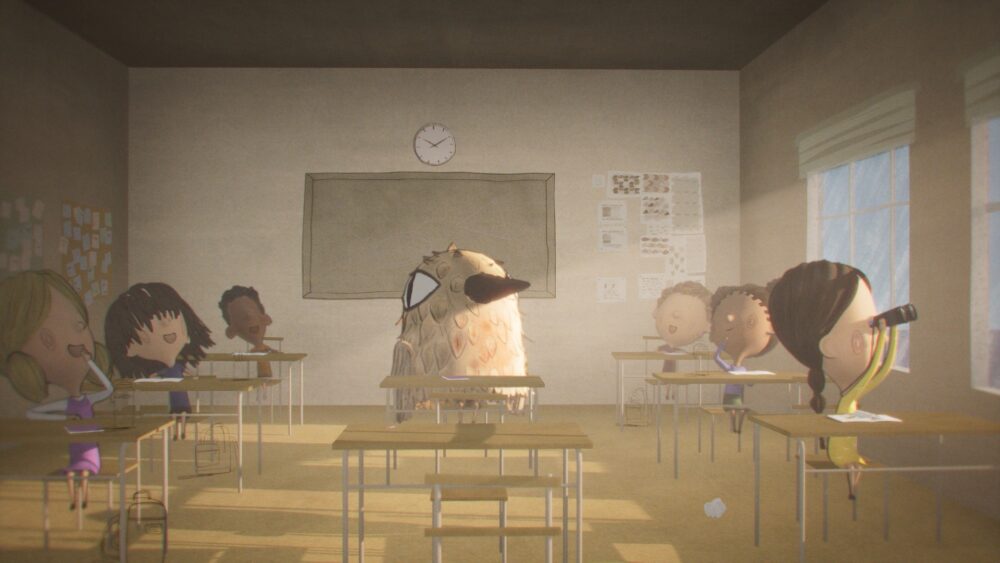
What do you hope audiences will take away from The Day I Became a Bird?
Well, it’s for everybody, isn’t it, to take away what they will. But I guess if I could wish it upon people, I’d like them to get this notion of something other in this world. I’d like them to get the idea that, you know, it’s easy to say that it’s okay to be ourselves. But I think celebrating our uniqueness or individuality and not conforming necessarily. I mean, both of these characters have a lot of bravery. Who would take binoculars into their school or be doodling that kind of artwork and allowing it to be seen or drawing these things on a playground floor? I mean, the girl is unashamedly herself. And the boy kind of learned something similar, I think. I think that’s a big message. And even at the very end of it, like I said, with birdsong, I think if everybody came out and just never quite heard it in quite the same way again, I would think job done! It is a thing of true beauty. And I do think it is a connector to another world. I think it takes us to a place of beauty, respite, transformation and peace.
The Day I Became a Bird screens at Animation Is Film festival in Los Angeles, this Saturday (Oct. 21) at 5:30 p.m. as part of the award-winning shorts program. For more info, visit animationisfilm.com


